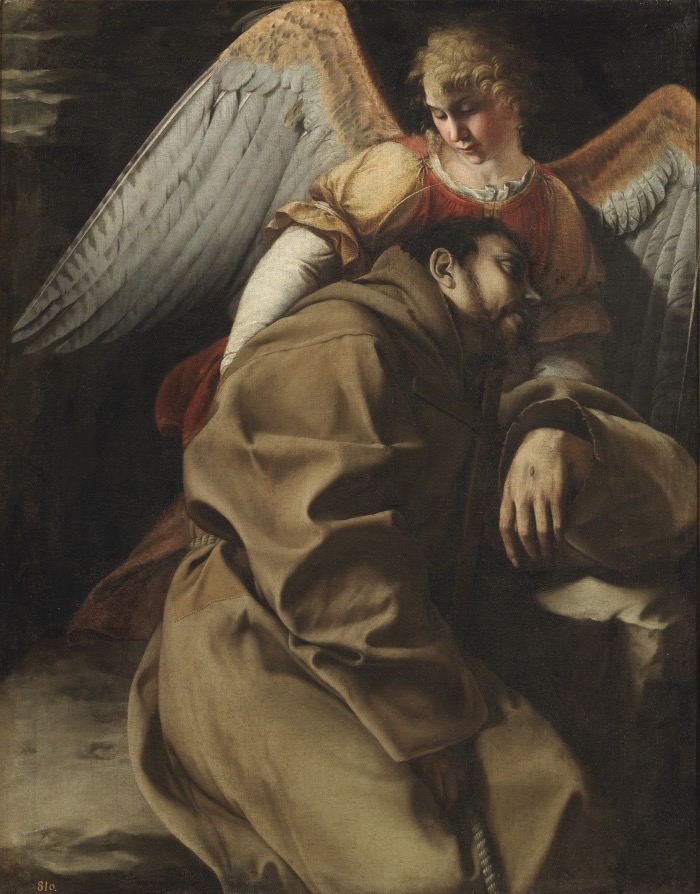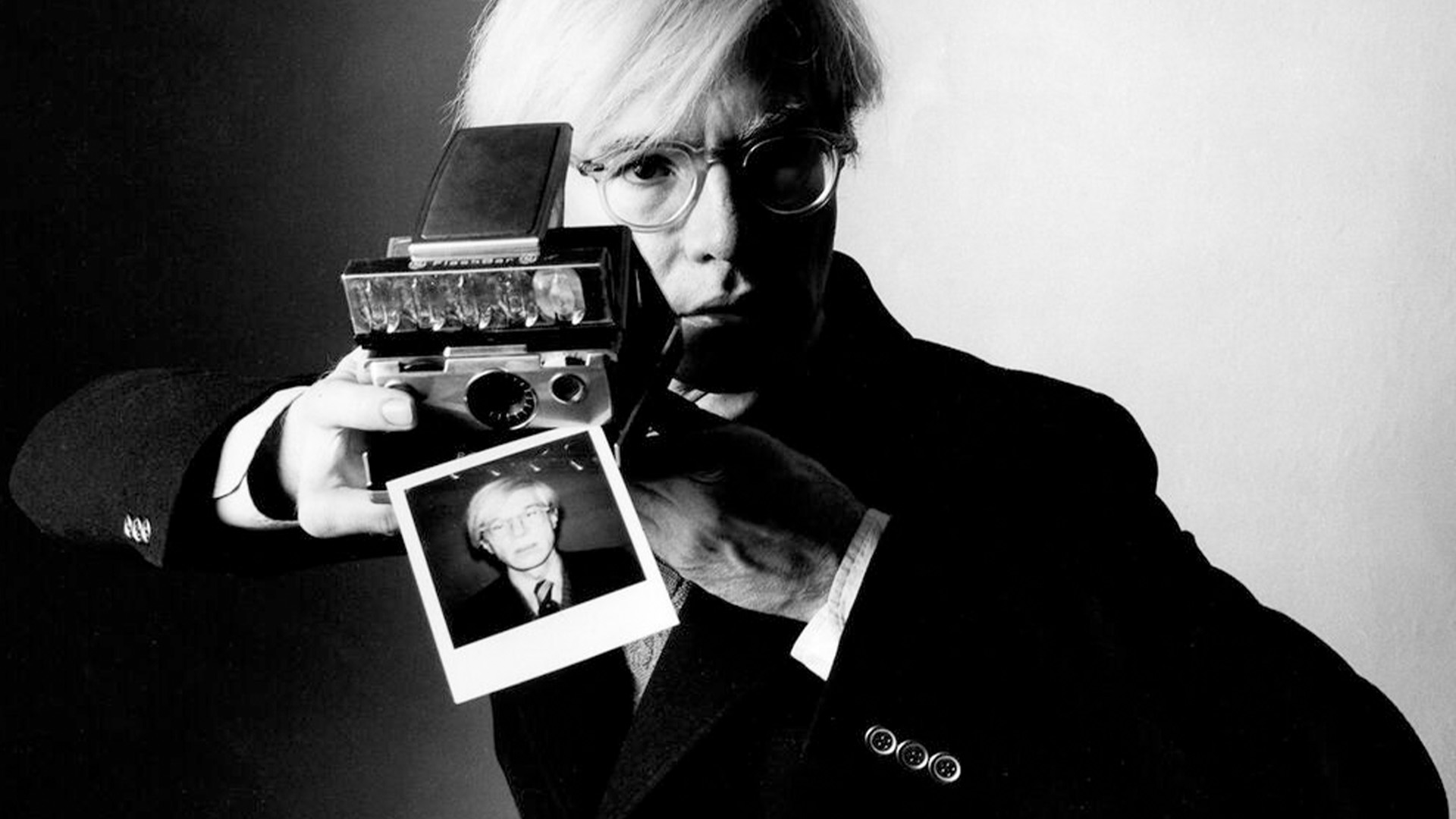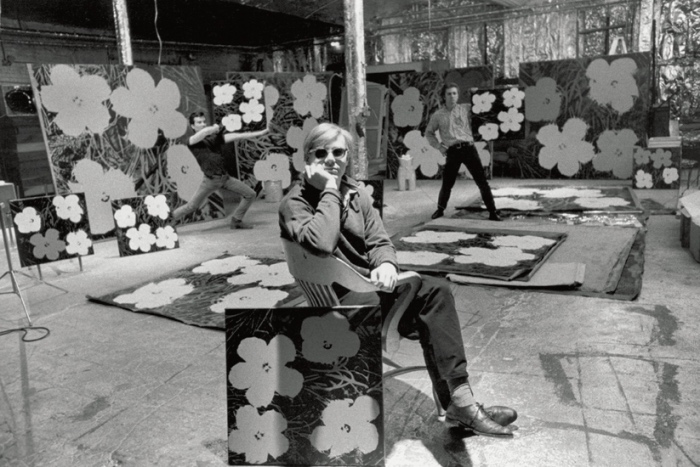
THE ART OF HIPGNOSIS ON SHOW AT THE GRONINGER MUSEUM
Groningen is a small town in the north of the Netherlands, unknown to most people, but home to one of the most important universities in the Netherlands and a city with a strong international identity, thanks mainly to the many students from all over the world who populate it every year.
The Groninger Museum is the main local museum, housing a permanent collection and temporary exhibitions.
From 19 January to 14 May 2023, The art of Hipgnosis takes place, an exhibition at the Groningen Museum dedicated to the Hipgnosis graphics studio, which contributed to music history in the 1970s by designing the covers of the most famous hit albums of the great rock bands, at a time when photoshop did not yet exist.
Music fans and not only, hurry up!
This exhibition is a trip down memory lane, to the notes of the most legendary tracks by your favourite bands.
Continue reading






